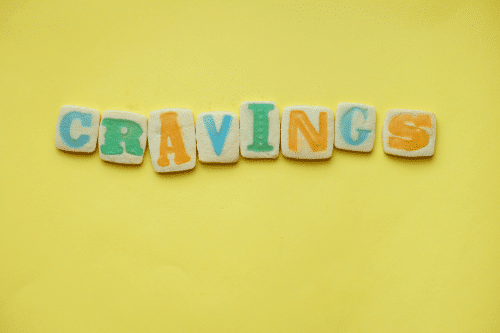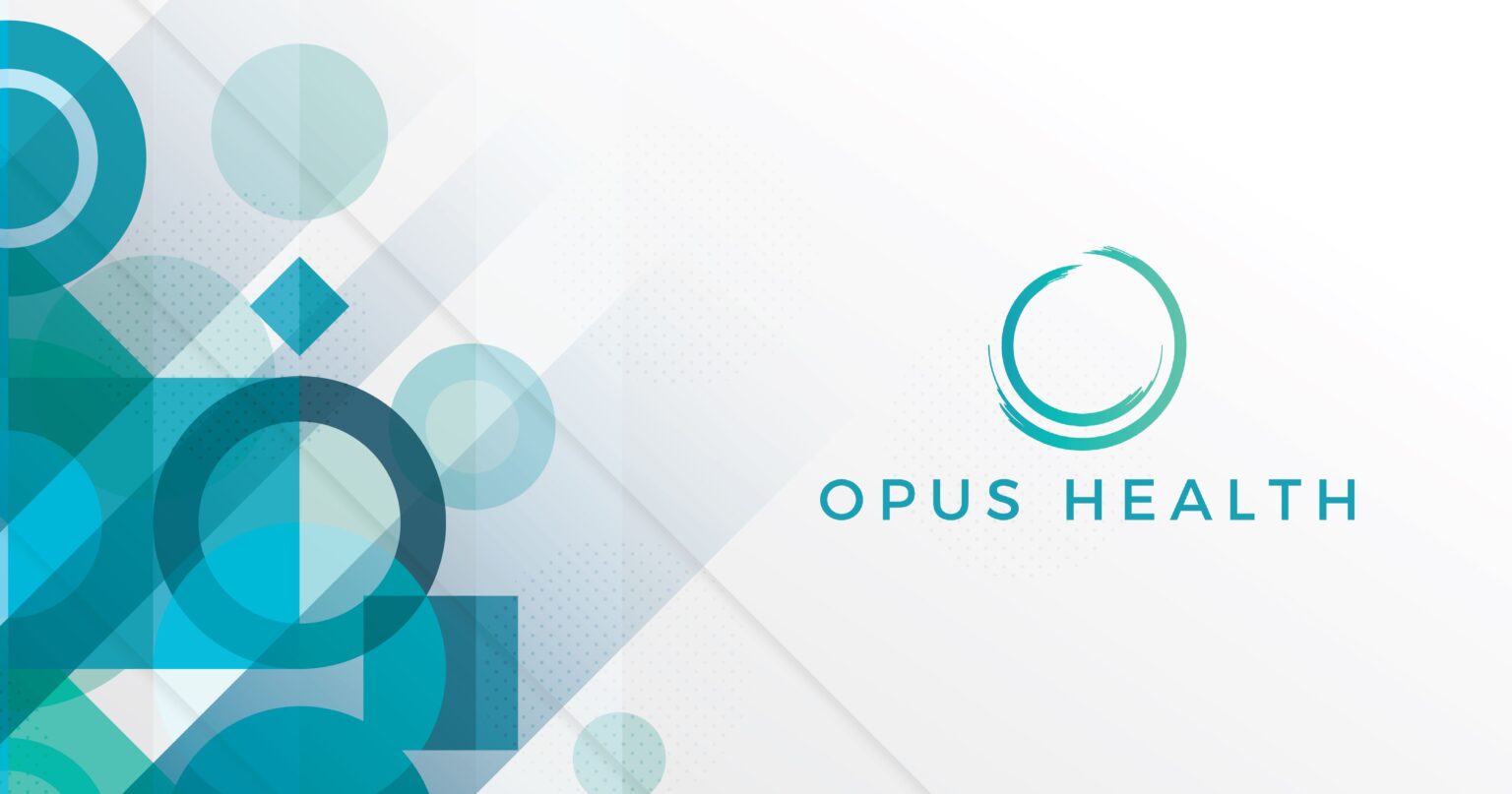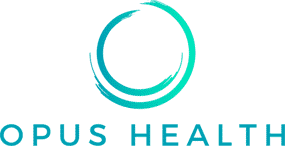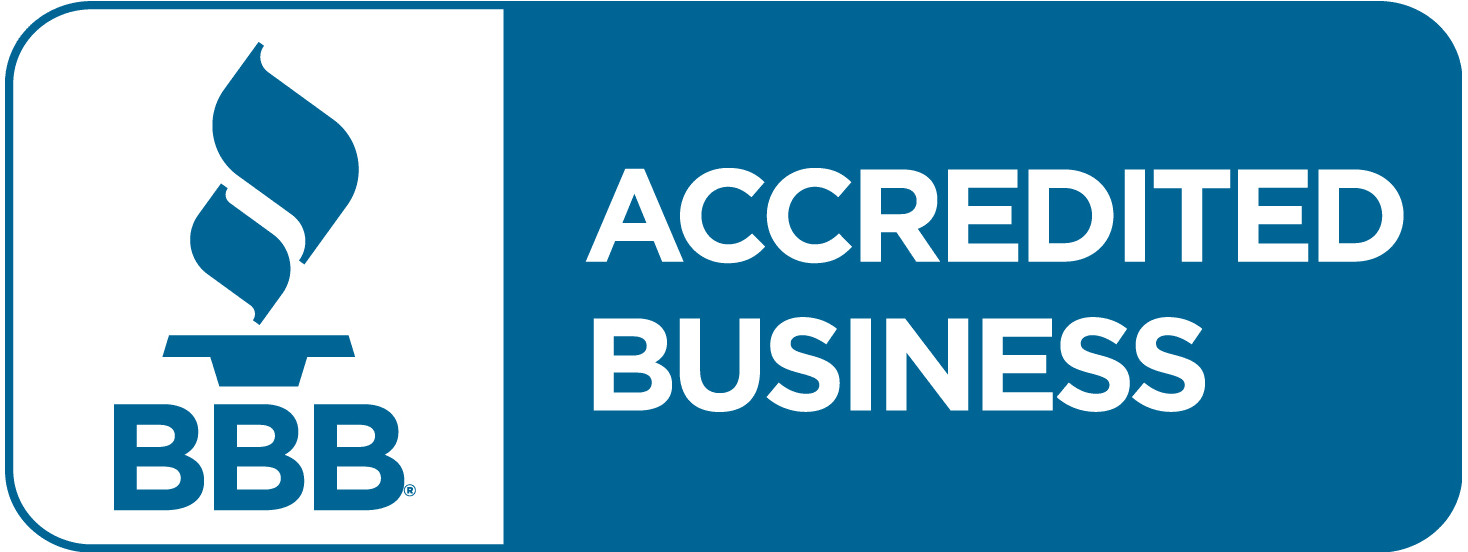Addiction Cravings: What They Are and How to Manage Them
Addiction cravings are intense urges and strong desires to use substances, even during the recovery process. These feelings are common with substance use disorders and can lead to a high risk of relapse if not properly managed. According to evaluations of treatments for substance-use disorders, cravings are a clinical outcome that often predicts relapse outcomes.
The Science Behind Cravings
Cravings develop from the neurobiology of craving. The brain’s reward system changes during addiction to drugs, causing a compulsive drug-seeking behavior that persists even after withdrawal symptoms ease. The Diagnostic and Statistical Manual outlines craving as a diagnostic criterion for substance-use disorders. Mechanisms of action in the brain, such as dopamine release, play a major role in the concept of craving.

How Cravings Differ by Substance
Cravings differ based on the substance. Alcohol use disorder often produces cravings triggered by social settings. Cocaine cravings, according to prospective studies, show a strong relationship between cue-specific craving and subsequent cocaine use. Smoking relapse is often driven by daily urges and negative reinforcement patterns observed in heavy smokers.
Environmental and Internal Triggers
Environmental triggers include situations, places, and people linked to past substance abuse. Cue-induced craving is common when encountering these reminders. Internal triggers involve emotional responses like stress or sadness. In laboratory settings, cues in time studies reveal that the latency from time of exposure to a trigger plays a significant role in craving intensity.
The Brain’s Role in Cravings
Substance-use disorders alter brain circuits that regulate emotion and reward. Research from systematic reviews indicates that self-reported craving and measurement of craving are important outcome measures for understanding addictive disorders. Neuroimaging studies, such as those involving Wang GJ, show how brain activation patterns correlate with craving levels.
Recognizing and Managing Cravings
Identifying Personal Triggers
Identifying personal risk factors helps in managing cravings. Individual differences in response to cues are well-documented in clinical settings and outcome in treatment research studies.
The Temporality of Cravings
Cravings, although intense, are short-lived. Most intense cravings peak and subside within extended periods ranging from a few minutes to an hour. Recognizing the temporality of cravings helps people maintain long-term recovery goals.
Effective Distraction Techniques
Distraction techniques like exercise, listening to music, or even playing a video game can lower the level of craving. Outcome measures often show that active distraction supports smoking cessation and unaided cessation attempts.
Developing a Response Plan
Having a clear response plan is critical. Including multiple-item measures and coping strategies helps reduce cravings’ clinical significance during high-risk times.
Therapies and Techniques for Craving Management

Cognitive-Behavioral Therapy (CBT)
CBT focuses on changing negative thought patterns that trigger cravings. Clinical outcome studies support CBT as one of the most effective treatments for substance use.
Mindfulness and Meditation
Mindfulness practices help manage daily urges by teaching observation without judgment. Meditation has been shown to decrease physical symptoms associated with craving for alcohol and other substances.
Building a Support Network
A strong support network is essential. Family involvement, peer support, and the use of community resources like the National Helpline offer significant benefits in maintaining sobriety.
Setting Recovery Goals
Clear recovery goals create motivation. Studies suggest motivational predictors are key core components in predicting cessation outcome and long-term success.
The Role of Lifestyle Changes
Exercise and Physical Activity
Exercise helps reduce strong desires by improving mood and lowering stress. Systematic reviews show that physical activity benefits both mental disorders and substance-use disorders.
Exploring New Hobbies
Exploring hobbies like art, writing, or playing a musical instrument helps reduce the daily urge for substances. Engaging in positive activities supports the recovery process.
Nutrition and Diet
Nutrition plays a vital role in brain health. Balanced diets stabilize blood sugar levels, reducing the intensity of cravings and improving overall clinical outcomes in treatment studies.
Support Systems and Resources
Involvement of Loved Ones
Loved ones provide emotional and physical support. Involvement improves outcomes in treatment research by providing accountability and encouragement.
Professional Help and Counseling
Professional counseling offers structured psychosocial treatment approaches. Effective treatments often involve structured therapy sessions targeting aspects of craving and relapse prevention.
Support Groups and Community Resources
Community support groups based on evidence from systematic review and meta-analysis offer proven relapse outcome benefits. Resources like the National Helpline guide individuals to additional support options.
Tailored Treatment Approaches

Understanding Individual Needs
Treatment of addiction must address individual differences in craving intensity and environmental risk factors. Personalized approaches improve overall outcomes in substance abuse treatment.
Developing Personalized Coping Strategies
Developing coping strategies based on self-reported craving patterns helps reduce the risk of relapse and increases the likelihood of successful addiction recovery.
Preventing Relapse
Recognizing Warning Signs
Warning signs like romanticizing past use, emotional instability, and avoiding therapy sessions are often predictors of relapse outcomes. Monitoring these signs is essential for prevention.
Continuous Monitoring and Adaptation
Continuous evaluation and adaptation of the treatment plan are crucial. Prospective association studies show that ongoing adjustments in coping strategies are key for preventing relapse during long-term recovery.
Frequently Asked Question's
Addiction cravings are caused by changes in the brain’s reward system after repeated substance use. The neurobiology of craving shows that substance-use disorders alter dopamine pathways, making certain environmental or emotional cues trigger intense urges. Cravings are a clinical outcome recognized by the Diagnostic and Statistical Manual and are a common part of the recovery process. Identifying personal triggers and using effective treatments like Cognitive-Behavioral Therapy can help manage cravings during addiction recovery.
Cravings are temporary and usually peak within a few minutes before gradually fading. Cue-induced craving studies show that the latency from time of exposure to a trigger is short, but the feelings can feel very intense. Research in clinical settings highlights that cravings, although powerful, do not last for extended periods if managed with coping strategies like mindfulness, exercise, or supportive distraction techniques such as playing a video game or calling a friend.
Managing intense cravings involves several techniques. Distraction methods, mindfulness, and Cognitive-Behavioral Therapy are supported by systematic reviews and meta-analyses as effective treatments. Building a strong support network, setting clear recovery goals, and recognizing daily urges also reduce the risk of relapse. Addressing physical symptoms with proper nutrition and exercise can help stabilize mood and lower the level of craving during vulnerable moments.
Recognizing cravings early helps prevent relapse outcomes. Studies on relapse outcomes show that early awareness and intervention greatly increase long-term recovery success. Measurement of craving using multi-item craving instruments and self-reported craving tracking allows individuals to understand patterns and adjust their recovery plans. Professional help, community resources like the National Helpline, and tailored coping strategies are critical tools in managing cravings effectively.












